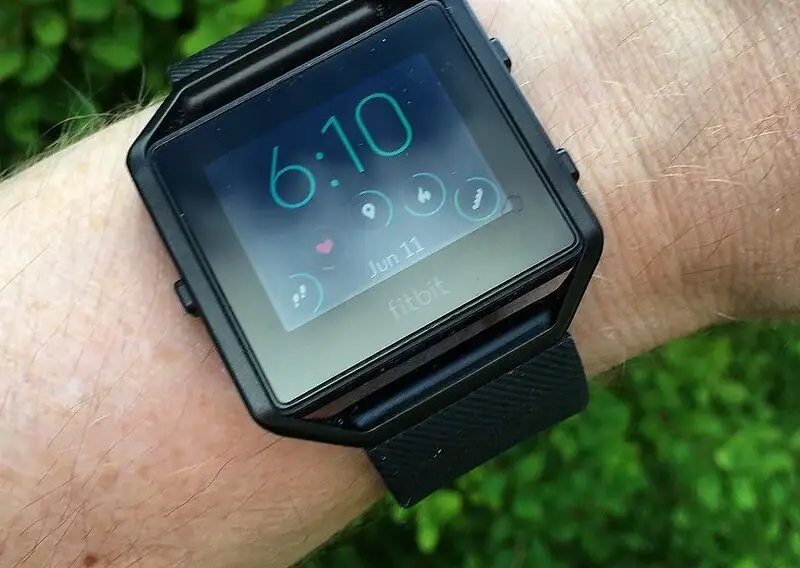If you’re looking for information on “Fitbit recovery time,” it’s important to note that no such feature explicitly exists on Fitbit devices. However, Fitbit provides a valuable alternative known as the Readiness Score. This comprehensive guide will explain how you can utilize the Readiness Score feature to effectively monitor your recovery and fitness levels.

Understanding the Readiness Score on Your Fitbit
The Readiness Score on your Fitbit is a complex metric derived from analyzing multiple aspects of your daily health and activity data. Think of it as a form of health currency, telling you how much ‘energy’ you have to spend on activities each day.
Your Fitbit tracks your sleep quality, resting heart rate, and physical activity to compute this score. The aim is to help you make decisions that are aligned with your current fitness level and overall health status.
For example, the Readiness Score looks at the restfulness of your sleep by monitoring sleep stages, such as REM, light, and deep sleep. It also observes changes in your resting heart rate which can be an indicator of increased stress or fatigue.
Furthermore, the device considers your activity levels by recording steps, workout intensity, and overall active minutes. By evaluating these parameters, your Fitbit can accurately suggest whether you should push your limits with exercise or focus on recovery.
Managing your Fitbit Recovery Time via the Readiness Score
In this section, we’ll guide you on how to manage your “Fitbit recovery time” via the Readiness Score on your device.
Step 1: Wear Your Fitbit Consistently
Consistency is key when it comes to the effectiveness of the Readiness Score. Wear your Fitbit continuously, which means keeping it on your wrist overnight.
During sleep, your Fitbit’s sensors work to measure biometrics crucial for Readiness Score calculation. The device measures not just the duration of your sleep, but the quality, detecting disturbances and noting whether you’re getting enough of the restorative stages of sleep necessary for recovery.
Moreover, the device’s ability to track passive heart rate throughout the day contributes valuable data to understanding your overall wellness. Fluctuations in your resting heart rate can signal changes in fitness levels, stress, or potential health issues.
All this data is synthesized to give you a Readiness Score, so wearing your Fitbit consistently ensures the most accurate reflection of your physical state.
Step 2: Sync Your Fitbit Daily
For your Readiness Score to reflect your current state, your Fitbit needs the most recent data. This is why syncing your device with the Fitbit app on your smartphone or tablet daily is critical.
Check out this onn. 10.4″ Tablet Pro available at Walmart
Syncing is a straightforward process that usually involves opening the Fitbit app and keeping your device nearby. The app then automatically pulls the latest data from your Fitbit via Bluetooth.
This data transfer allows the Fitbit app’s algorithms to analyze your activity levels, heart rate patterns, and sleep quality from the previous day and night. This analysis is then used to calculate your Readiness Score, which is why skipping a day of syncing can result in less precise guidance.
Step 3: Check Your Readiness Score Every Morning
Your Readiness Score is recalculated each morning and is accessible within the Fitbit app. This daily score takes into account the previous day’s activity and the quality of sleep you had the night before. You’ll find it on the app’s dashboard, typically represented as a number and sometimes accompanied by a color-coded indicator or written guidance.
Interpreting this score each morning can help you plan your day’s activities. If your score is high, it’s a good indication that you can handle more strenuous workouts or physical challenges. On the other hand, a low score suggests that your body might benefit more from lighter activities or rest to recover adequately.
Step 4: Interpret the Score and Adjust Accordingly
Understanding what your Readiness Score indicates is crucial in applying it to your fitness regimen. The Fitbit app not only provides a numerical score but also offers context for what this score means for you that day. It will offer suggestions such as taking a rest day, engaging in a moderate workout, or going for an intense exercise session.
Listen to these suggestions, especially when your score is lower than usual, as this indicates that your body needs more recovery time. The app’s recommendations are personalized, helping you make informed choices about your activities and avoid overtraining, which can lead to exhaustion and potential injuries.
Step 5: Monitor Your Progress Over Time
Keeping an eye on your long-term Readiness Score trends can provide insights into your overall health and fitness journey. By tracking how your score changes over weeks or months, you can identify patterns. These patterns might reveal how your activity levels, stress, and sleep quality affect your Readiness Score.
For example, you might notice that your score tends to be lower after particularly stressful days or when your sleep is disrupted. Recognizing these trends can help you make lifestyle adjustments that improve your overall wellness and fitness performance. Ultimately, your Fitbit becomes a valuable tool for long-term self-improvement.
